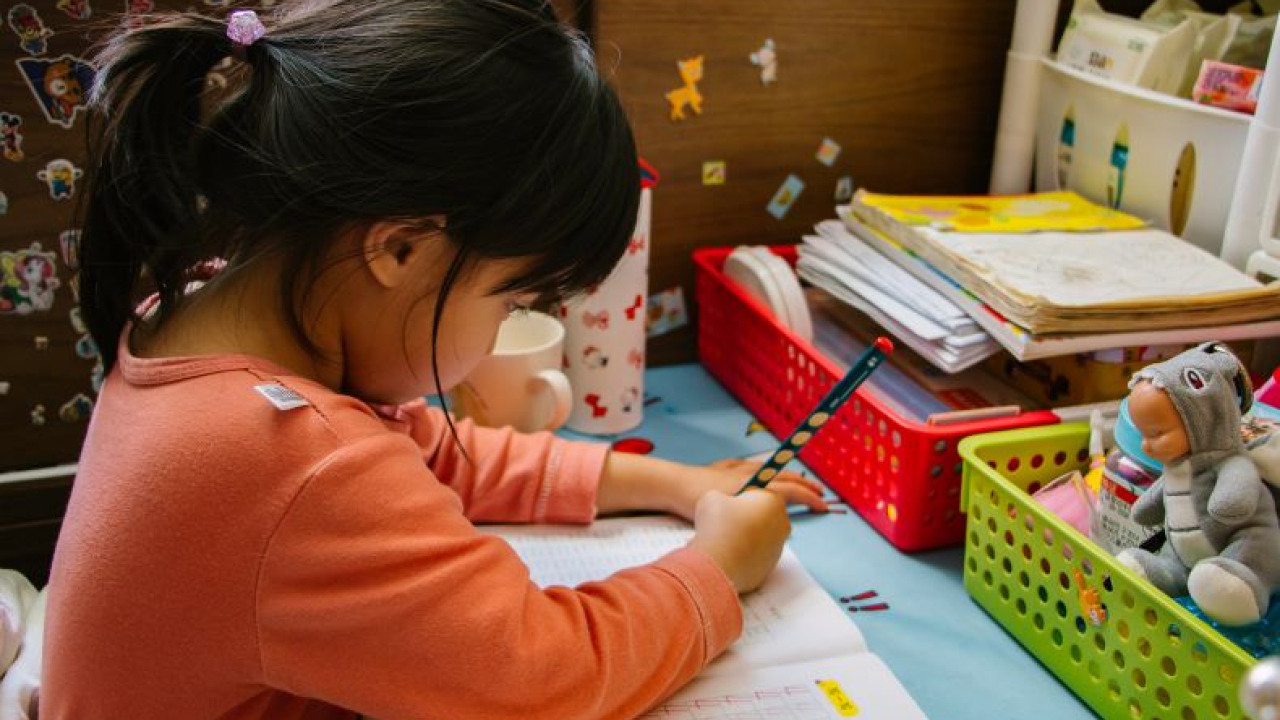Inclusive Education and the Role of Feedback

Research from the Education Endowment Foundation shows the HUGE impact that effective feedback can have on student outcomes. This year, they have released a comprehensive report on the use of feedback in the classroom and guidelines as to how we, as educators, can implement it to support our students more robustly, particularly students with individual needs.


Students with individual learning needs often face challenges in determining their own levels of understanding or proficiency and so very often need more detailed and more regular feedback from their teachers. With feedback being so effective in driving positive outcomes it is vital that we focus on this key factor in every lesson.
So how can we really embed effective feedback in our classrooms?

In a study on time related interval feedback, Miller et al found that the optimum time for sequential feedback was every 1 minute for children with special educational needs. Now, every teacher reading this will take a gasp and think “Well that’s not feasible” but read on!! Feedback can be generated in a myriad of ways. It doesn’t have to be just the teacher spending hours on a Friday evening writing extensive commentary in students' books - no, those days are gone, and so they should be.
The smart teacher will have their students do the work for them. Peer feedback can be as, if not more, effective than teacher feedback- if done well! In her book “Peer feedback in the Classroom” Starr Sackstein says “Student feedback is often received more positively than teacher feedback”. Research is growing around this method and it is all pointing to the fact that student-to-student feedback is powerful. This is great news for teachers right? So, again, how can we implement this in class? We must begin with laying positive foundations and expectations for peer feedback. A common understanding of how feedback should be structured through clear rubrics and guidelines. Many schools use a key of symbols to represent processes for example: VF to indicate verbal feedback IEP indicates that the tools in the IEP support learning.

Feedback should be timed well. While providing feedback opportunities every minute may not be feasible, we can provide multiple opportunities in every lesson if we embed routine practices for short , the point, peer appraisal with feedback. This can take many forms and can be done in as little as 5 seconds where students ask their peers to indicate their reaction to learning through a thumbs up or down for example. Sackstein notes that “empowering students to provide feedback to one another is the awareness they gain as learners”. Students must be aware of their own learning as well as their colleagues before they can give effective feedback so essentially you hit two birds with one stone! Both students are learning.
Feedback should always be purposeful. What do you, as the teacher, hope to gain for your students through peer feedback opportunities? Each opportunity should be meaningful and the purpose made clear to the students. Peer feedback can be viewed as an opportunity for excellence for EVERY student, the more and the less able. “Every student has the potential to be an expert” Sackstein says.
Feedback should be supported by a robust school wide Feedback and Marking Policy. This should contain universal rubrics and guides for all staff to follow to ensure continuity across the school. In this way, students become well-practiced and expert feedback practitioners as they advance through the grades.
Finally, the feedback itself. Feedback should be specific, focused on skills and achievement. Gone are the days where teachers should be writing “Excellent job” “Well done!” “Great work”
These phrases have been proven time and time again to have little effect on learning and student growth. Feedback should instead mention the skill or method that has been used or demonstrated in the task at hand. It should address the task and not the student. It should address something positive as well as areas for improvement and should ALWAYS have a further challenge. As Sackstein notes “Feedback is the moment in the learning process where students get the most personalized instruction possible”. The key word here is INSTRUCTION. It is not a comment on the student’s personal abilities, it is a comment on their achievement regarding a specific task at hand.
Stay up to date
Subscribe to the free GESS Education newsletter and stay updated with the latest insights, trends, and event news every week. Your email address will remain confidential

